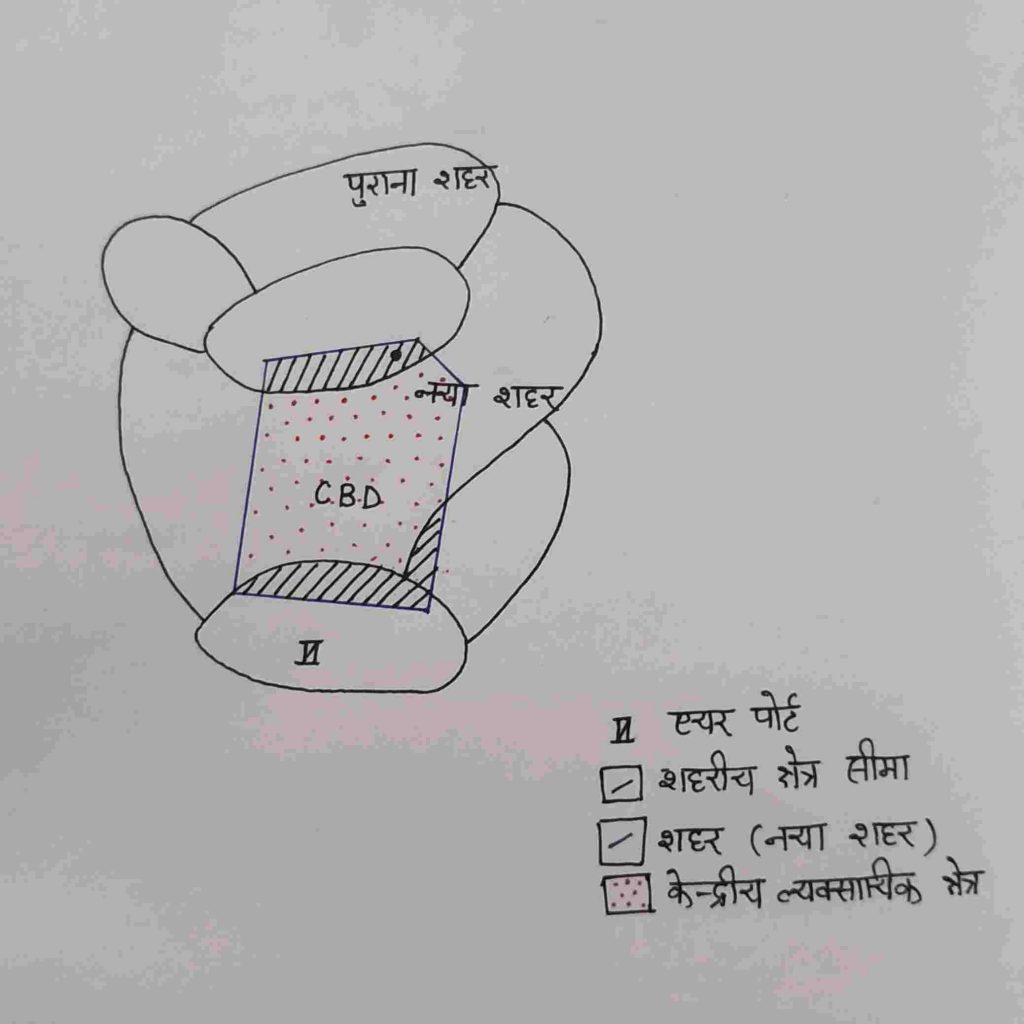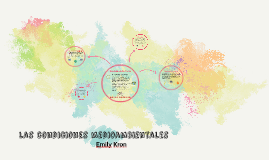

The intersection of MaaS and blockchain technology promises to further elevate these transformative changes, creating a future where transportation is not just accessible but also secure, transparent, and efficient. It empowers users to make informed choices, reduces the reliance on personal vehicles, and transforms the way we navigate our cities. MaaS heralds a new era where individuals have access to a comprehensive range of transportation services at their fingertips. By streamlining access to diverse transportation options through a single app or service, MaaS aims to reduce congestion, lower emissions, and improve overall mobility experiences. MaaS addresses these challenges head-on, offering a more sustainable, convenient, and efficient alternative. The need for innovation in transportation has never been more evident. This disjointed approach leads to congestion, pollution, and reduced quality of life in urban areas. Commuters face challenges like navigating complex fare structures and juggling multiple transportation providers. Traditional transportation systems often suffer from inefficiencies, siloed services, and a lack of user-friendliness. MaaS leverages digital technologies to seamlessly integrate various modes of transportation, from public transit to ride-sharing and bike rentals, into a single, accessible platform. It represents a shift from traditional, fragmented transportation systems to a unified, user-centric model. Mobility-as-a-Service (MaaS) is a disruptive force reshaping the landscape of transportation. Its impact on Mobility-as-a-Service (MaaS) promises to be no less transformative, as we shall explore in the following sections. Blockchain’s ability to provide secure, transparent, and tamper-proof data is changing how businesses operate and interact with their customers.īlockchain technology is a decentralized, transparent, and secure data structure that has the potential to revolutionize industries far and wide. It is revolutionizing various industries, from supply chain management to healthcare. The impact of blockchain extends far beyond the realm of finance.

The cryptographic nature of blockchain makes it exceptionally resilient to unauthorized tampering or data breaches. Transactions and data stored on the blockchain are visible to all participants in the network, promoting trust and accountability. One of blockchain’s key principles is transparency. This data is secured through cryptographic techniques, ensuring its integrity and immutability. At its core, a blockchain consists of a chain of blocks, where each block contains a set of data. It is fundamentally decentralized, meaning it operates without a central authority. We’ll delve into how blockchain can revolutionize the transportation sector, from ensuring data security to enabling smart contracts for seamless mobility transactions.Īs we progress, you’ll discover the tangible benefits, potential challenges, and emerging trends in this dynamic fusion of technologies, providing valuable insights into the future of transportation.ĩ Conclusion Understanding Blockchain Technologyīlockchain technology is the cornerstone of a new digital era. This article will explore the intersection of blockchain technology and MaaS, shedding light on the exciting possibilities and implications it brings. What’s intriguing is how blockchain and MaaS converge, promising to redefine the way we move from point A to B. Its decentralized ledger system ensures transparency, security, and trust in data and transactions. In the age of urbanization and increasing environmental concerns, MaaS offers a sustainable, convenient, and efficient alternative to traditional transport models.īlockchain technology, on the other hand, is the digital backbone that’s disrupting industries across the board. It’s a revolutionary concept that seamlessly integrates various modes of transportation into a unified, user-centric service.

Mobility-as-a-Service (MaaS) represents a transformative paradigm shift within the transportation industry. Blockchain technology, on the other hand, is … Read more In the age of urbanization and increasing environmental concerns, MaaS offers a sustainable, convenient, and efficient alternative to traditional transport models.


 0 kommentar(er)
0 kommentar(er)
